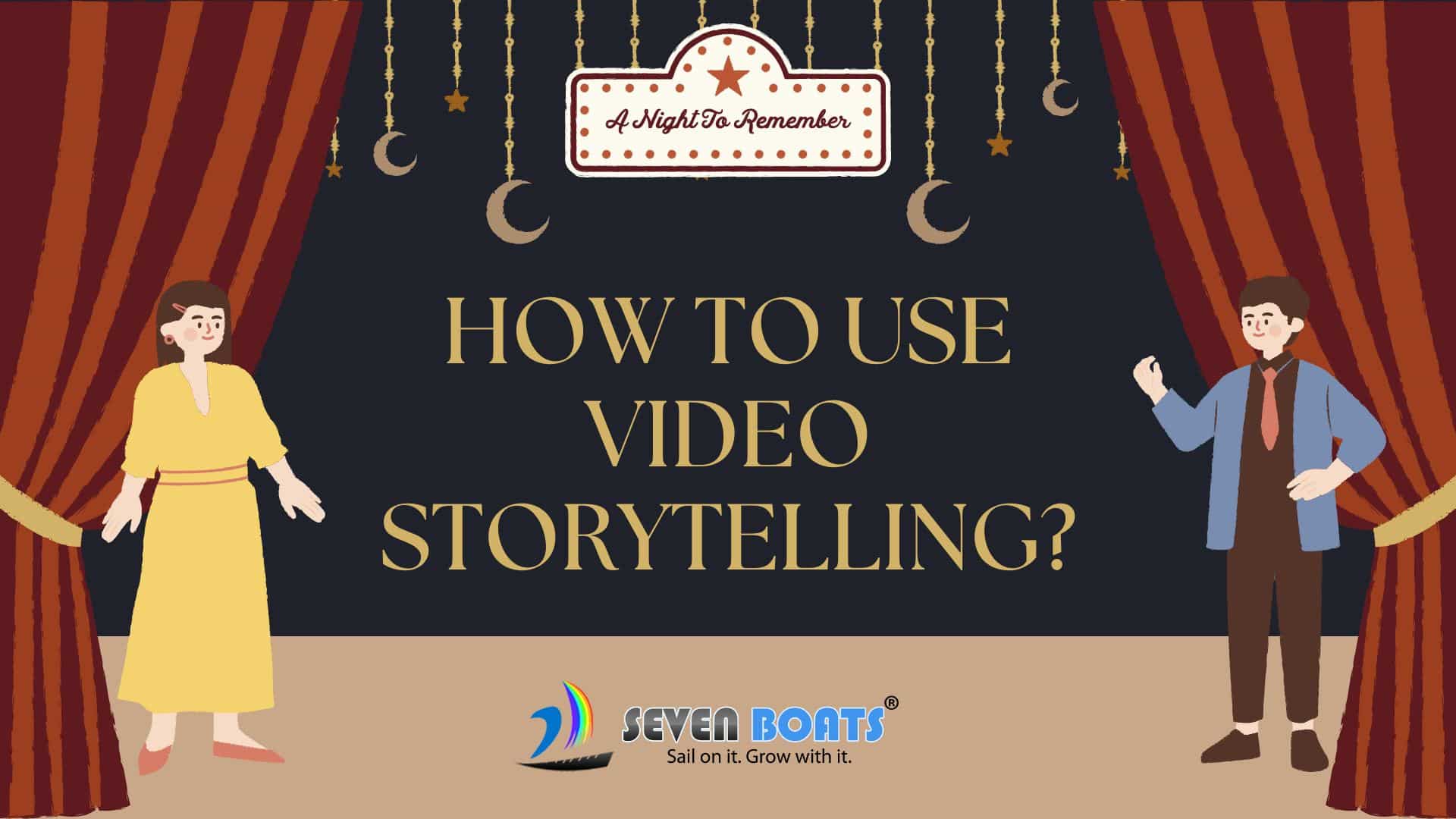Whether you’re a business looking to boost your marketing efforts or an individual aiming to share your unique perspectives, video storytelling is a game-changer.
What is Video Storytelling?
Video storytelling is the art of using moving images, sound, and compelling narratives to engage your audience and convey your message. It’s a powerful medium that allows you to create emotional connections, build brand loyalty, and effectively communicate your ideas.
Gone are the days when videos were simply about showcasing products or services. Today, the most successful video content is rooted in storytelling – weaving together visuals, audio, and a captivating narrative that resonates with your audience on a deeper level.
At its core, video storytelling is about tapping into the human desire for connection and exploring the universal themes that unite us all. Whether it’s a heartwarming tale of perseverance, an inspirational journey of self-discovery, or a thought-provoking exploration of a social issue, the power of video lies in its ability to transport viewers and leave a lasting impression.
The Benefits of Video Storytelling
1. Increased Engagement: Video content has the power to capture attention and hold it. Studies show that people are more likely to engage with and remember information presented in a video format compared to text or static images.
2. Emotional Connection: By tapping into the emotional side of your audience, video storytelling can create a deeper, more meaningful connection. When people feel emotionally invested in your content, they’re more likely to remember your brand and become loyal advocates.
3. Enhanced Memorability: The combination of visuals, audio, and a compelling narrative makes video content highly memorable. Viewers are more likely to remember the key messages and takeaways from a well-crafted video story.
4. Improved Conversions: Effective video storytelling can have a significant impact on your bottom line. Numerous studies have shown that including video on landing pages can increase conversion rates by as much as 80%.
5. Versatility: Video storytelling can be used across a wide range of platforms, from social media to your website, webinars, and even presentations. This versatility makes it a valuable tool for reaching your target audience where they are.
6. Demonstrating Expertise: By showcasing your knowledge, experiences, and insights through video content, you can position yourself or your brand as an authority in your industry. This can help build trust and credibility with your audience.
7. Shareability: Video content is highly shareable, especially when it’s emotionally compelling or visually striking. This can amplify your reach and help your message spread organically.
Crafting a Winning Video Storytelling Strategy
Now that you understand the power of video storytelling, let’s dive into how you can create a strategy that will elevate your content and captivate your audience.
1. Define Your Goals: Start by clearly defining your objectives. Are you looking to increase brand awareness, drive website traffic, boost conversions, or something else entirely? Knowing your goals will help you create a focused and effective video strategy.
2. Understand Your Audience: Conducting thorough research to understand your target audience is crucial. What are their pain points, interests, and preferred content formats? This knowledge will allow you to create videos that truly resonate with them.
3. Develop Compelling Stories: The heart of video storytelling lies in the narrative. Spend time brainstorming and crafting stories that align with your brand’s values and speak to your audience’s emotions and desires. Consider using the classic storytelling structure of a beginning, middle, and end to create a cohesive and engaging narrative.
4. Invest in Quality Production: While the story is paramount, the quality of your video production also plays a significant role in its success. Invest in professional equipment, lighting, and editing to ensure your videos look and sound polished.
5. Optimize for Visibility: Leverage search engine optimization (SEO) techniques to ensure your videos are easily discoverable. This includes optimizing titles, descriptions, and tags, as well as promoting your content on relevant platforms and social media channels.
6. Analyze and Iterate: Continuously monitor the performance of your video content and use the insights to refine your strategy. Pay attention to metrics like view count, engagement rates, and conversions to identify what’s working and where you can improve.
Why Video Storytelling Matters
In today’s digital landscape, where attention spans are dwindling and content overload is a constant challenge, video storytelling stands out as a powerful tool for connecting with your audience. By leveraging the emotional impact of visuals, sound, and narrative, you can create content that resonates on a deeper level and drives meaningful results for your business or personal brand.
Whether you’re a small business looking to elevate your marketing efforts, a content creator aiming to share your unique perspective, or an organization seeking to raise awareness for a cause, video storytelling has the power to transform the way you communicate and engage with your audience.








This article provides great insights into using video storytelling effectively! It’s amazing how powerful narratives can engage audiences and create emotional connections. The tips on structuring stories and incorporating visuals really help in crafting compelling videos that resonate with viewers. Thanks for sharing these valuable strategies!